YouTube's announcement of paying out more than $8 billion to the music industry marks a watershed moment in digital streaming. This record-breaking figure represents a significant leap from their previous payouts, according to Music Business Worldwide. The platform's Global Head of Music, Lyor Cohen, revealed these numbers at Billboard Latin Music Week in Miami on 2025-10-22. The headline is not just size, it is shape. YouTube's position against Spotify, and the muscle of its dual revenue model, now matter to any artist trying to squeeze more from streams.
What this means for the future of music streaming
YouTube's record payout signals real shifts in how the industry earns from digital platforms. The $8 billion figure is not just a milestone, it represents what Cohen describes as "meaningful, sustained progress" toward building a long-term home for artists and publishers, as quoted by TechCrunch.
This surge arrives as streaming accounts for 84% of US music industry revenue, according to Royalty Exchange. YouTube's trajectory suggests the future favors platforms that blend audio streaming with video, user-generated material, and multiple discovery paths.
Bottom line, YouTube's ability to combine subscriptions and ads, then scale it globally, makes it a force in how artists and rights holders get paid. The platform has proven it can deliver steady, substantial growth even while trailing Spotify in total payouts.
If you are an artist trying to maximize streaming income, the lesson feels clear, diversify. The twin-engine approach is powering YouTube right now, and it might be the sustainable future of music streaming economics. My hunch, the artists who lean into YouTube's mix of official streaming, video, and user-generated monetization will keep finding upside. They are not just tapping another platform, they are opting into a different model that is already backing up the promise with $8 billion in annual payouts.




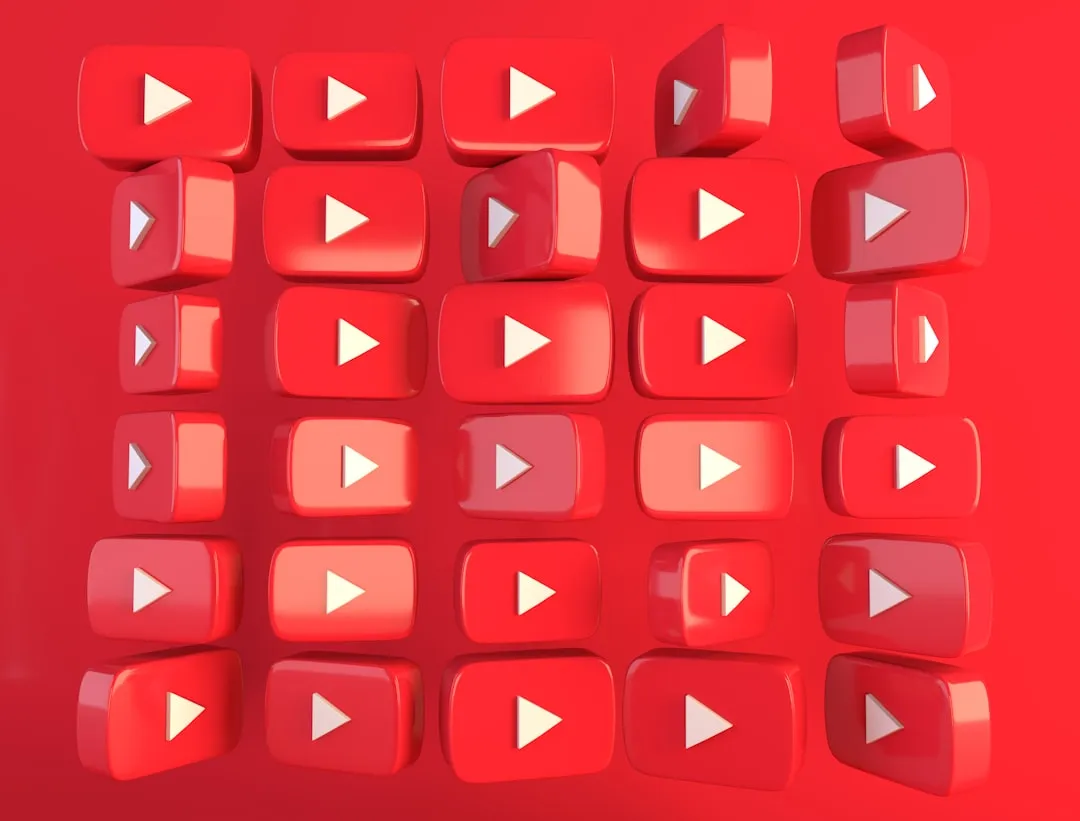

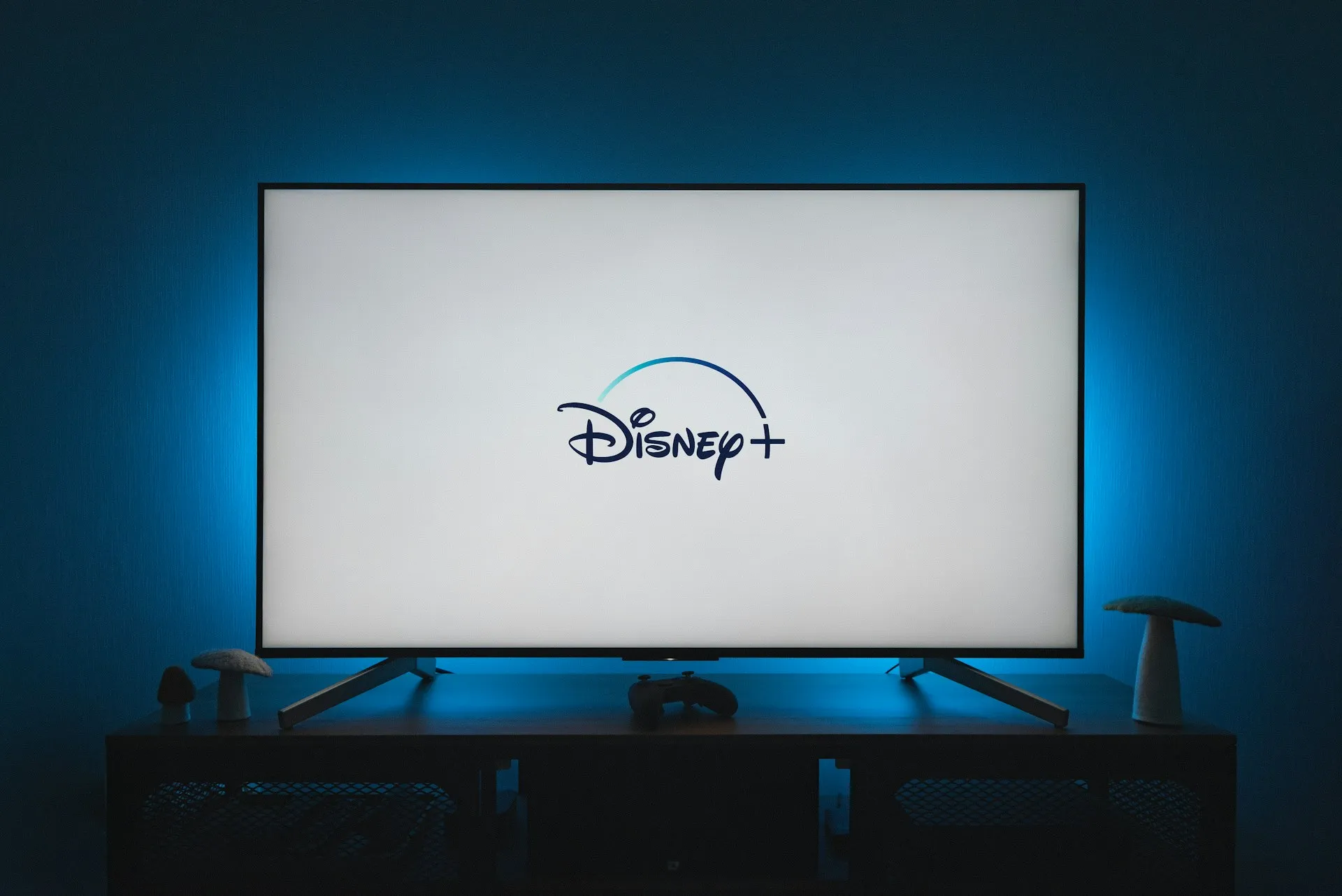


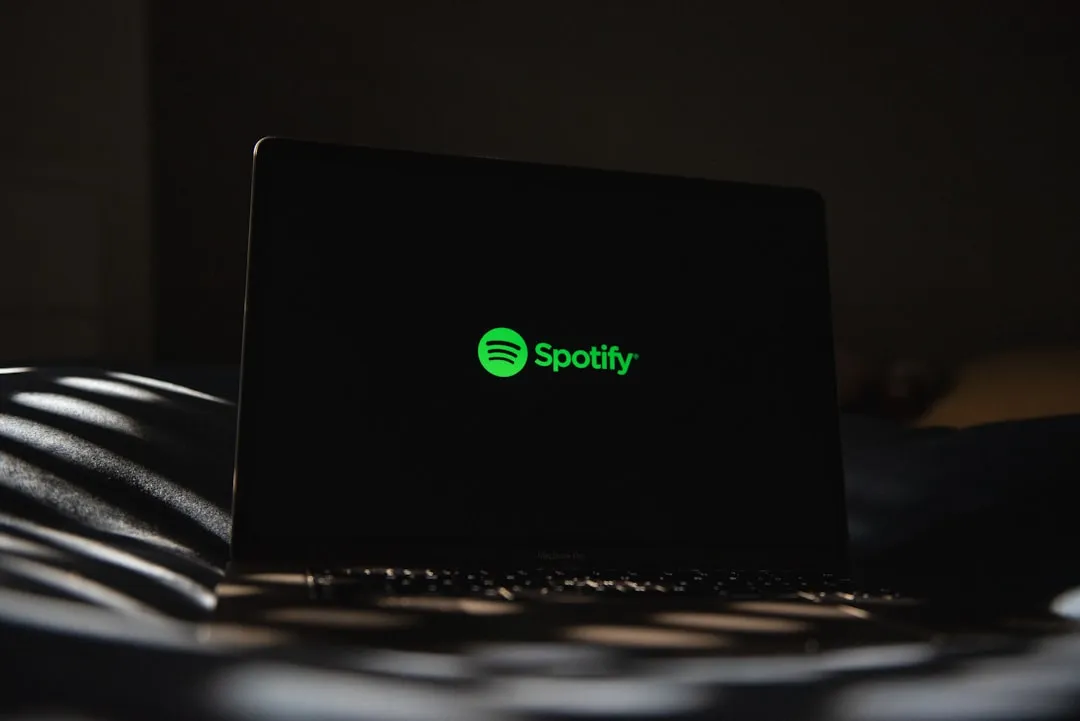



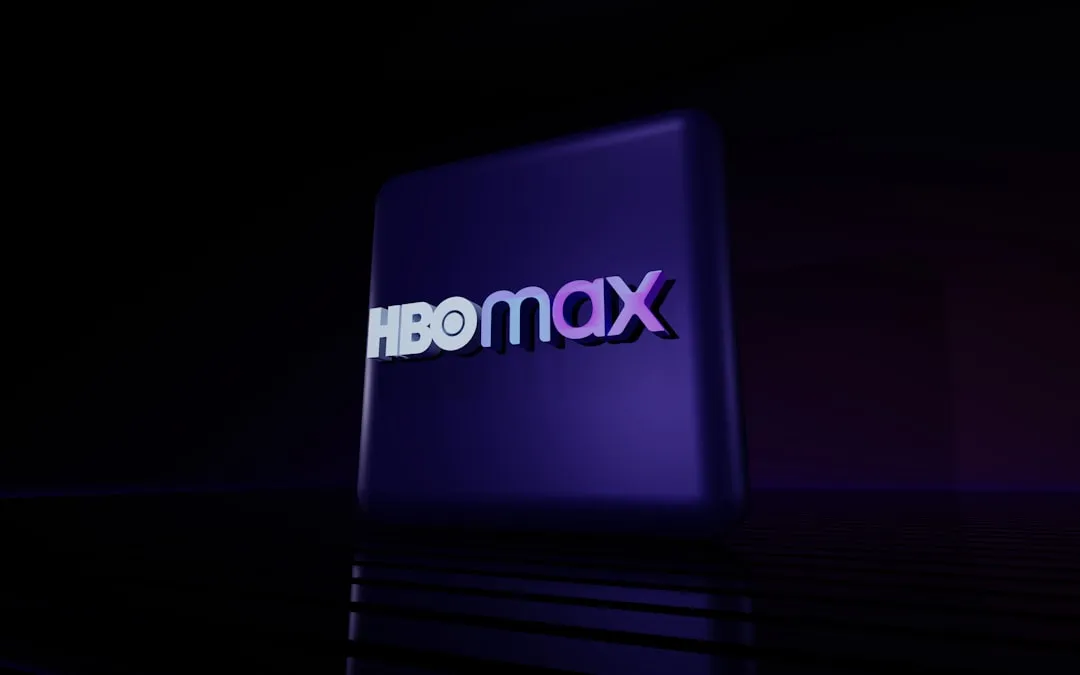
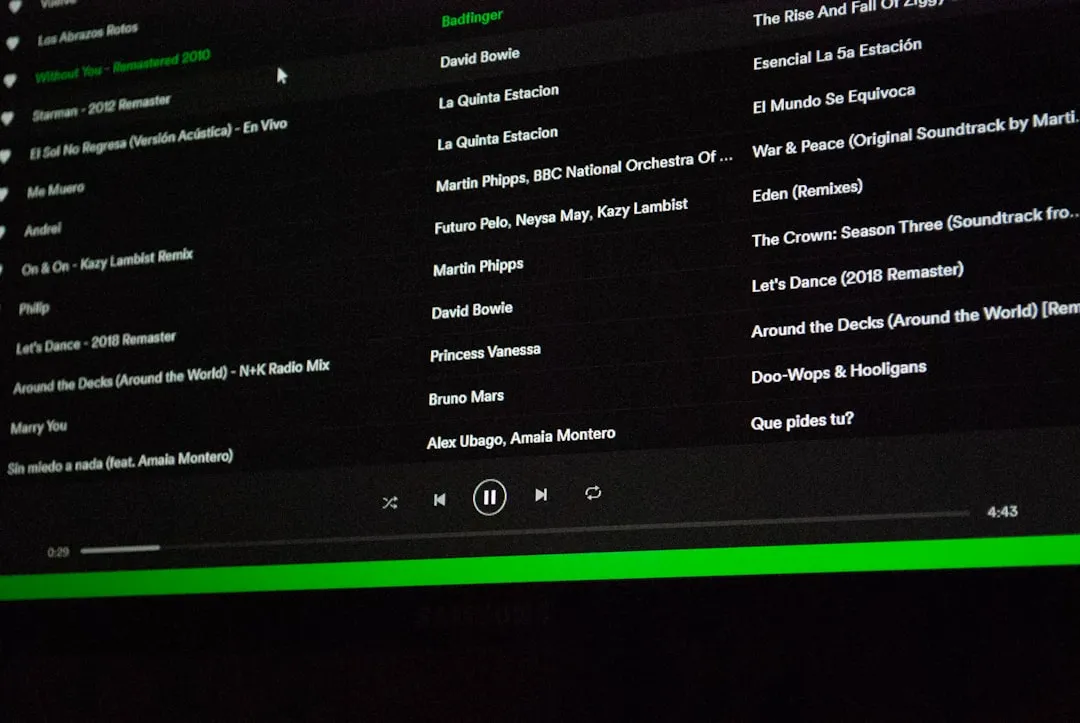
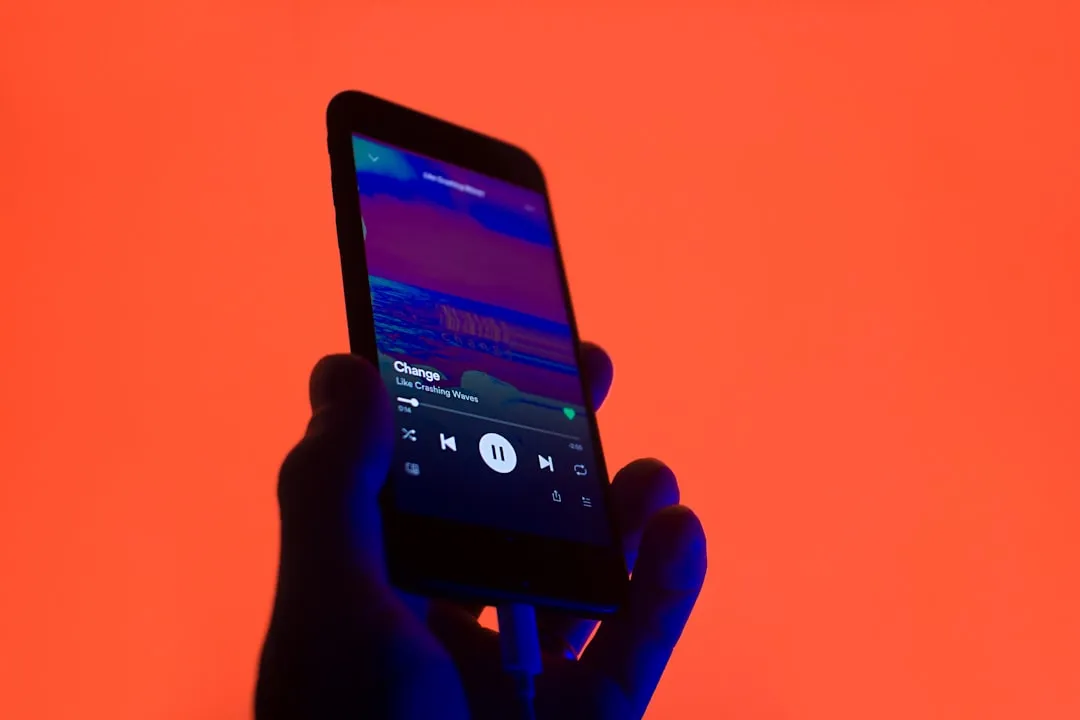
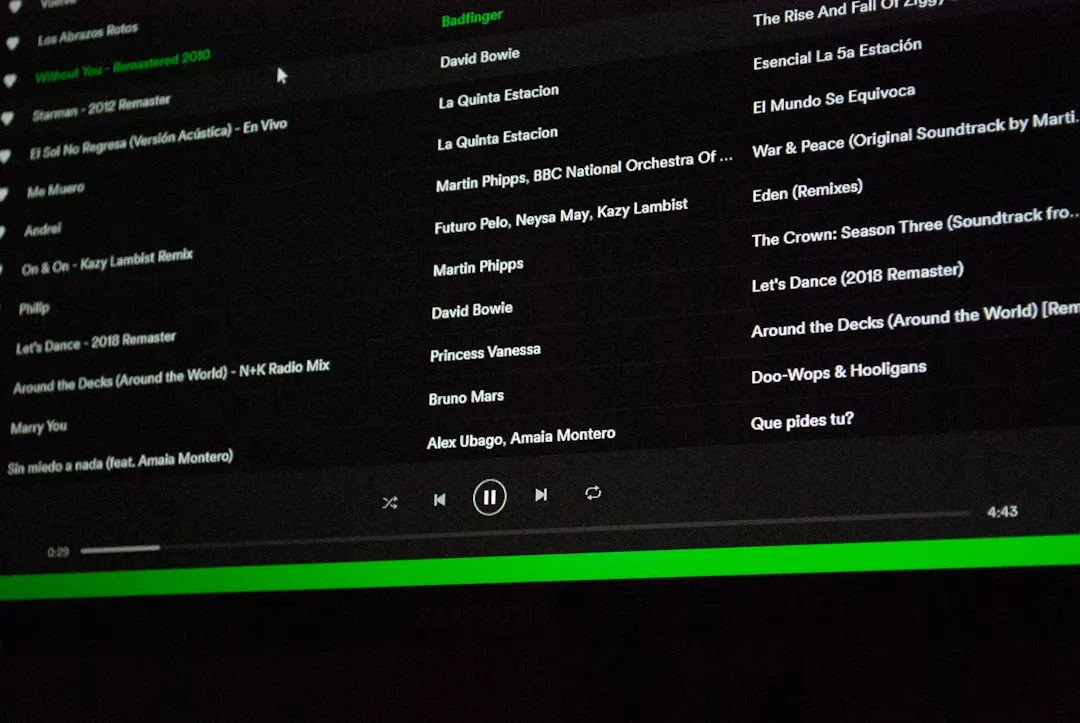
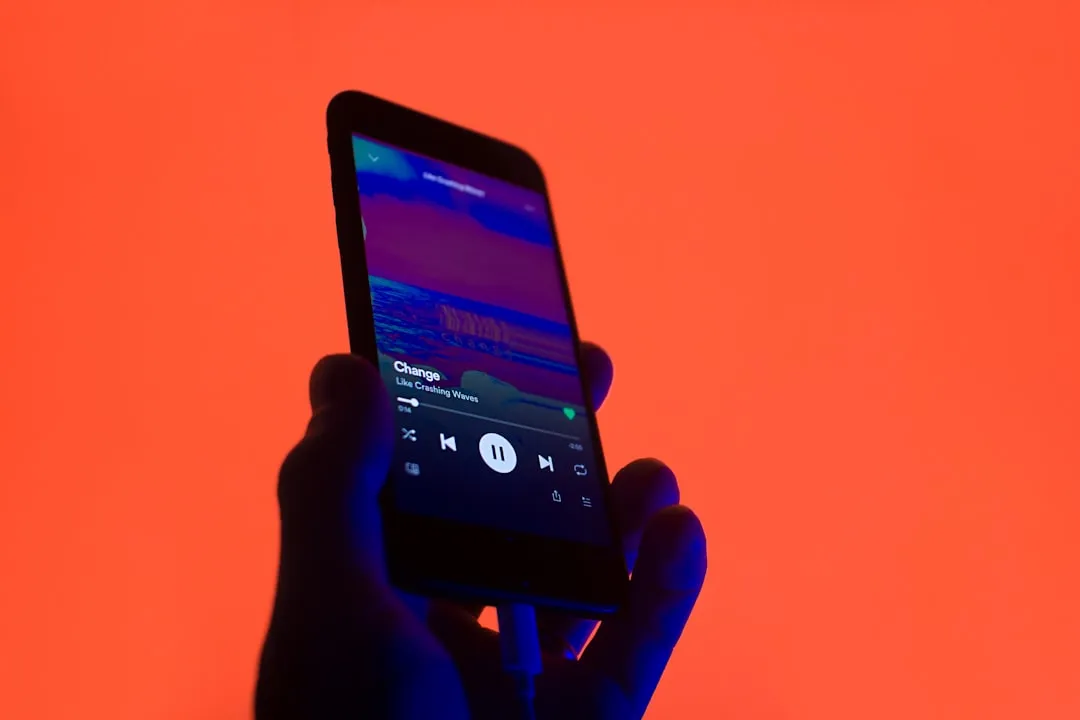
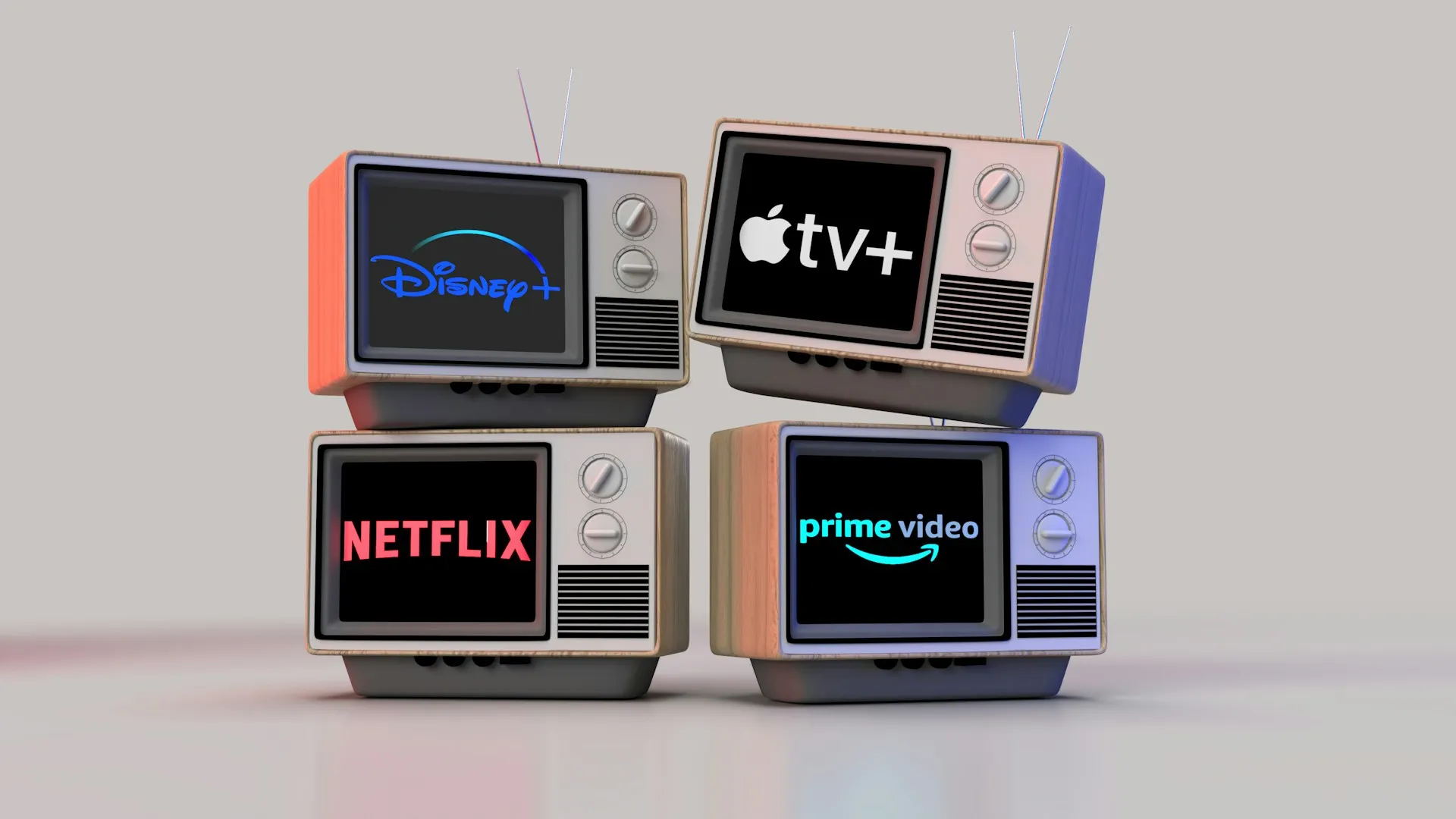
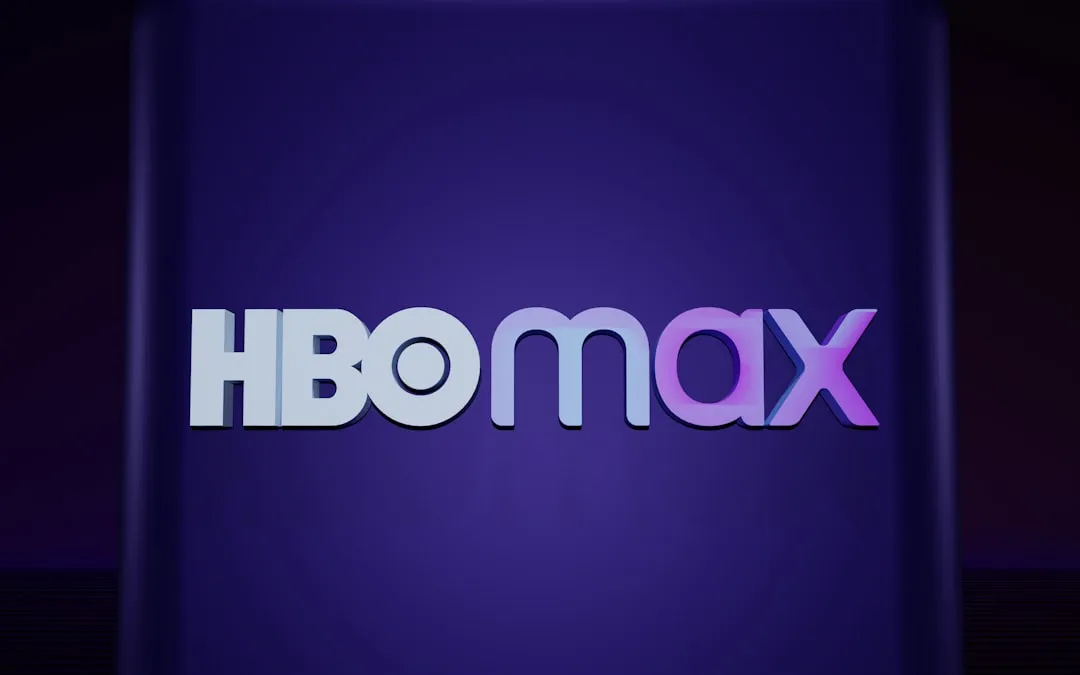
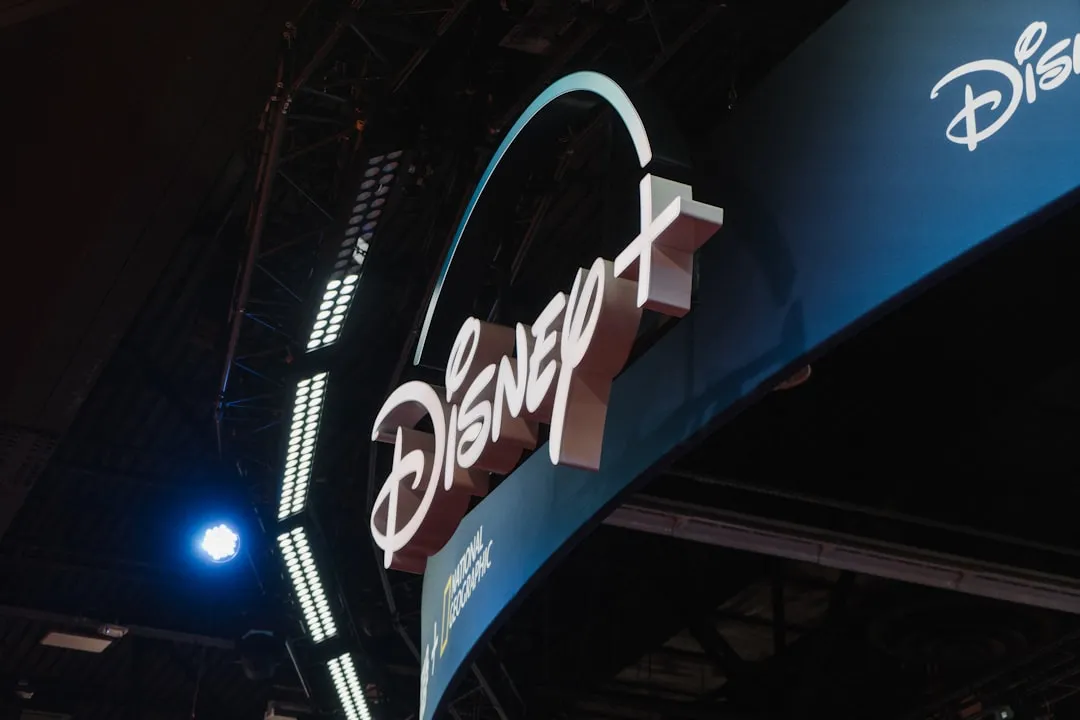


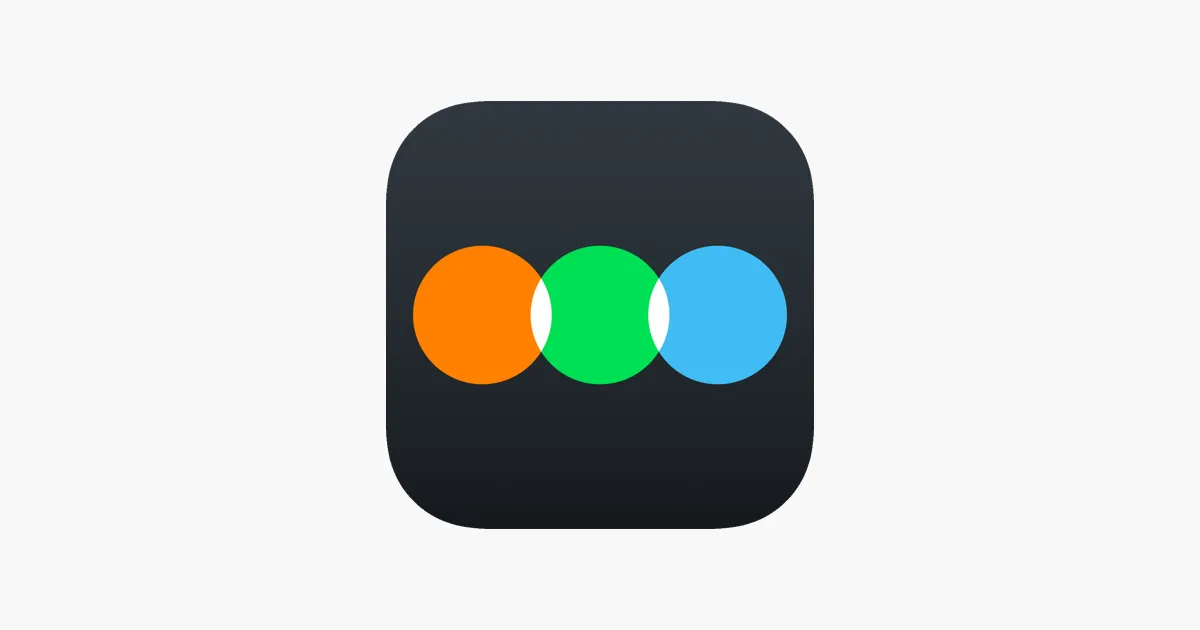
Comments
Be the first, drop a comment!